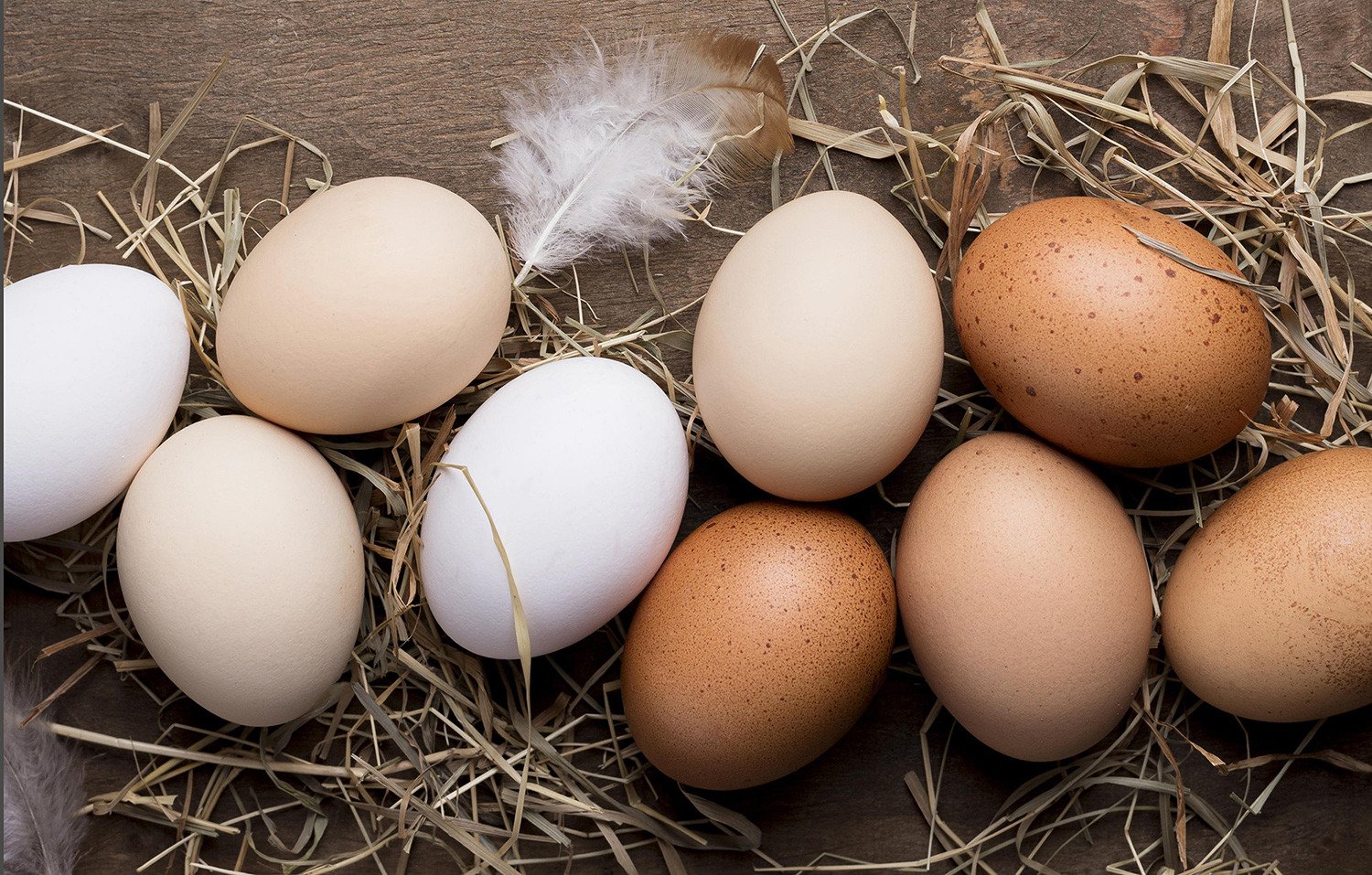L-arginine supplementation in laying hens feed: growth, egg production, egg quality and immunity
2020.08.25

INTRODUCTION
Poultry are unable to synthesize L-arginine (Arg) due to the lack of almost all the enzymes involved in the urea cycle (Khajali and Wideman, 2010). This imperfection in birds physiology keeps Arg as one of the most crucial and essential amino acids (AAs) in poultry. Therefore, it is important to meet the Arg requirements in the birds through dietary supplementation to achieve the maximum performance.
The constant progress in breeding value of poultry changes the genetic potential of birds. An update about the nutrient requirements of the recent genetics of the laying hens is being ignored. Same is applies to the Arg requirements of the laying hens. There is reasonable amount of literature available about the Arg requirement in broilers, however, there is not enough studies on the requirement of Arg in laying hens. Currently, NRC 1994 recommends 700 mg of Arg/hen/day, Brazilian tables recommends 806 mg/hen/day, Lohmann recommends 830 mg Arg/hen/day at the feed intake of 110g/d, whereas, Hy-Line recommends 856 mg/hen/day.
Laying performance
Increasing Arg in diets seem to have a positive effect on laying rate (Silva et al., 2012). Arg inclusion in diets higher than NRC recommendation caused better results. With Arg inclusion rates at 0, 200, 400 and 600 mg/kg, a dietary digestible Arg level of 0.943%, 1.093%, 1.243%, 1.393%, and 1.543% was achieved. At 1.262% of dArg, the highest egg production was obtained. An increase in dietary Arg by 2% and 4% (0.714% and 0.728%, respectively) above NRC recommendations (0.70%) in diet of layers had positive effects on egg production and egg mass with at least 6% of extra production as compared with the control (based on NRC) (Youssef et al., 2015). Likewise, L-Arg supplementation to broiler breeder hens (60 week of age, 210 Arbor Acres female broiler breeders) by 0, 2000, 4000, 6000, and 8000 mg/kg, contributing to 0.96%, 1.16%, 1.36%, 1.56%, and 1.76% dArg, respectively, resulted in highest laying rate at 1.36% dArg level (Duan et al., 2015).
In a recent study (Leiboldt et al., 2016), different genotype (GT): two white (WLA and R11, high and low performing GTs, respectively) and two brown (BLA and L68, high and low performing GTs, respectively) layers were considered. Authors hypothesized that high performing genotypes (HPGTs) and low performing genotypes (LPGTs) will perform differently with L-Arg level of 70% of NRC as low Arg (LA), 100% as adequate arginine (AA) and 200% as high arginine (HA). GT has effect on laying parameters. The laying intensity did not differ between HPGTs, whereas LPGTs. In general, the deficient Arg group (LA) showed lower laying intensity than AA and HA (p < 0.05). Egg weight was influenced by GT, diet and Age as well as their interactions (p<0.001). Brown eggs were heavier than white eggs. HPGTs laid heavier eggs than LPGTs until week 33 (p<0.001). Daily egg mass (DEM) was affected by GT, diet, age and interaction of GTs and age. In general, deficit group showed lowest DEM among all GTs. Yolk proportion was affected significantly by GT, diet, age and interaction between GT and diet, GT and age. HPGT eggs contained lower yolk proportion than LPGT eggs (p<0.001). Egg shell proportion was affected by GT and age also by interaction between GT and diet, GT and Age, GT and diet and age (p<0.001). White eggs had higher shell proportion than brown eggs.
In conclusion, high level of Arg have a positive effect on secretion of luteinizing hormone (LH). LH acts directly on the ovary and follicles. Arginine imbalance in this case may cause lower laying rate.
Egg quality
Egg quality parameters such as yolk color, shape index, yolk index, haugh unit, albumin percentage, and shell thickness are mostly not affected by Arg level (Youssef et al., 2015). Lima & Silva (2007) also did not observe any effect of different digestible Arg to Lys ratios on egg quality parameters. Silva et al. (2012) observed a linear increase in egg weight with a higher Arg level although it brought in an opposite effect on specific egg gravity (Basiouni et al., 2006). Yang et al. (2015) supplemented 0, 8.5 and 17.0 mg L-Arg per kg of feed in 25-week-old brown leghorn hens. L-Arg had no negative effects of egg production and egg quality. Yolk color was evaluated with DSM yolk color fan (expressed in 15 grades). Yolk color was increased in group 17.0 mg L-Arg per kg of feed compared to control group. In general, the effects of Arg on egg quality looks limited.
Immunity
L-Arg has direct and indirect influence on immunity. In Leghorn type chickens, 30% L-Arg above NRC recommendations caused an increase in anti-sheep red blood cell (anti-SRBC) antibody level and a reduction in relative bursa weight in high Arg fed birds. Short-term supplementary L-Arg had minimal effects on immunity, but some enhancement of SRBC antibody responses in later stages of growth was observed with previous L-Arg administration (Deng et al., 2005). Supplementing L-Arg in laying hens significantly increased WBC and lymphocyte cells while significantly decreased the percentages of heterophils and the ratio of heterophils to lymphocyte in comparison to the control group (Youssef et al., 2015; Al-Hassani et al., 2011).
In breeder hens, 1.36% dArg significantly elevated total antioxidative capacity of birds and reduced the malondialdehyde (MDA) concentration in all tissues. Higher L-Arg levels was disadvantageous (Duan et al., 2015) showing the important of Arg balance to enhance antioxidant capacity via nonenzymatic and enzymatic antioxidant systems. A decrease in serum MDA content suggest that Arg may protect tissues against lipid oxidation especially in the cell walls.
IgY content in eggs was 62.8% higher and IL-2 was 41.8% higher when 17mg L-Arg per kg of feed was supplemented to birds comparing to control birds not receiving supplemental L-Arg (table 1; Yang et al., 2015).

Conclusion
Based on the literature study, CJ has established the ideal amino acids ratio for the laying hens. The ideal Arg to Lys in pre-lay period is found in the range of 106-115% and for the laying period is 112%. Beneficial effects of Arg beyond performance should be taken into consideration as well. Immune status of layers can be improved by supplementing Arg above the requirements.























